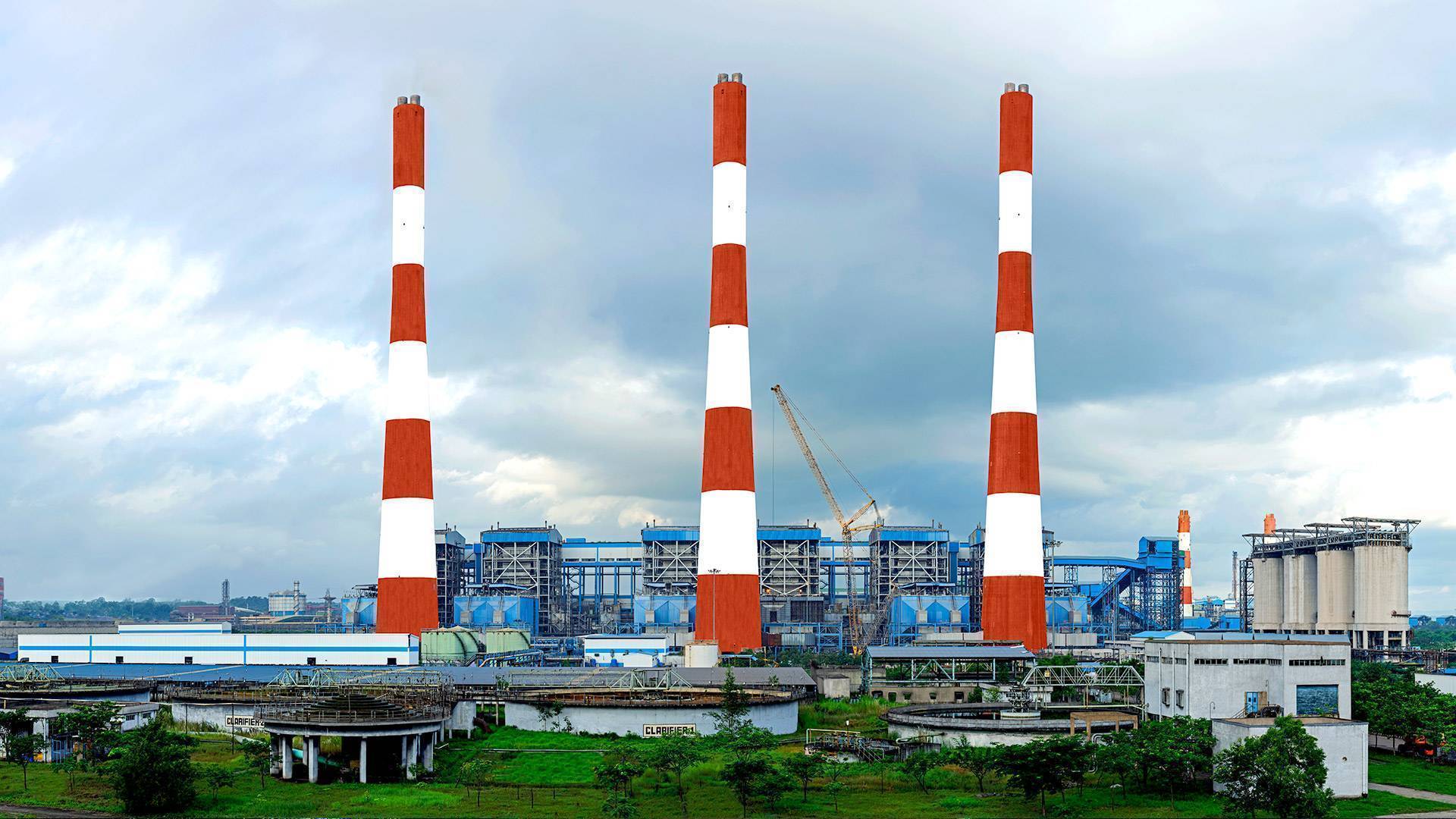Concrete, which is a mixture of cement and aggregates, is the most used material in construction nowadays for building houses, residential structures, and various other types of buildings. Still, cement is quite a pollutant since its manufacture accounts for almost 8% of the total annual global carbon dioxide emissions. At the same time, hundreds of millions of tons of cardboard and paper waste are generated yearly, most of them being non-recyclable. While eliminating these two significant issues, scientists are searching for environmentally friendly substitutes that could help in lessening the threat to nature while retaining the strength of the constructions.
Facing the Cement Issue
The Australian RMIT University researchers planned to find out if buildings could be constructed without cement by using materials that are already there. After tossing the idea of earth and cardboard, they realized that these two materials have a vast potential to become the solution to their problem of developing more sustainable construction materials that are not only cheaper and longer-lasting but also less pollutant.
Both materials rely on the use of rammed earth, a process in which soil is moistened with a small amount of water, pressed, and made compact. The main difference between the two materials is what envelops or “wraps” the rammed earth:
- Rammed earth environmentally friendly cardboard tubes
- Rammed earth inside carbon fiber tubes
In both cases, no cement is used. The objective is evident: lessen the effect on nature but do not give up the strength.
Back to Earth as a Construction Material
Nature has always been the main source of construction materials, and earth has been one of them. For a long time, various civilizations had built their homes by means of the rammed earth method, which has the benefit of keeping the indoor temperatures stable. Residences made of earth are kept cool in the hot season and warm in the cold one; thus, the use of an air conditioner or a heater is minimized.
However, over the decate, the building industry became heavily reliant on cement and concrete, hence basically giving up earth-based methods. Nowadays, there is a renaissance of the use of earth as a pure and ecological resource in the construction industry, mainly due to climate change. Contrary to cement, which has to go through energy-consuming industrial procedures, earth is quite simple and natural. The biggest problem still is that earth is fragile and can break if too much weight is put on it. Scientists have come up with the idea of putting the earth in a tube, which is essentially a structural “jacket” that restricts the expansion of the earth and therefore prevents rupture so as not to lose the reinforcement provided by cement.
First Option: Recycled Cardboard Tubes
The first material, targeted at low-rise buildings like short houses, combines soil, water, and recycled cardboard tubes. The cardboard is of double utility: it works as a container both for the earth and as a structural support. The newly formed composite is incredibly robust and durable, even when pitted against traditional cement-based earth mixes. What is more, the technique cuts the carbon footprint by some 80% relative to the standard concrete ones.
Second Option: Carbon Fiber Tubes
The second by-product comprises carbon fiber tubes in lieu of the cardboard ones. Carbon fiber is very lightweight and quite sturdy, and a major source of carbon fiber in the industry is aviation and high-tech vehicles. Hence, the combination of carbon fiber and rammed earth results in a column which is almost equal in terms of the strength of high-grade concrete, but it is lighter and has a low carbon footprint.
This is especially great if there is any area in question that is frequently hit by an earthquake or there is a need for strong but light construction. Moreover, by providing these high performance characteristics, it also offers a longer service life or durability than cardboard though the price is higher.
Sustainable Construction for the Future
Even tough ong-term behavior of these materials is still a question that needs answering through detailed research. The early-stage data are quite encouraging. These innovations demonstrate that buildings can be constructed responsibly, using natural materials while significantly reducing pollution from cement production.
The use of earth and water along with recycled products is the stepping stone for eco-friendly building practices that have a bright future and are feasible on a large scale. They can significantly reduce government emissions from the building sector and at the same time create structures that utilize and retain the heat coming from the sun, thus saving energy and increasing their resilience.
By combining the best of past and present methods, scientists are making it clear that the challenges of building strong, green, and sustainable homes can be overcome. With the continuously increasing environmental consciousness and the growing demand for the reduction of carbon footprints, materials like these could become indispensable in future city and village construction all over the world.









.png)